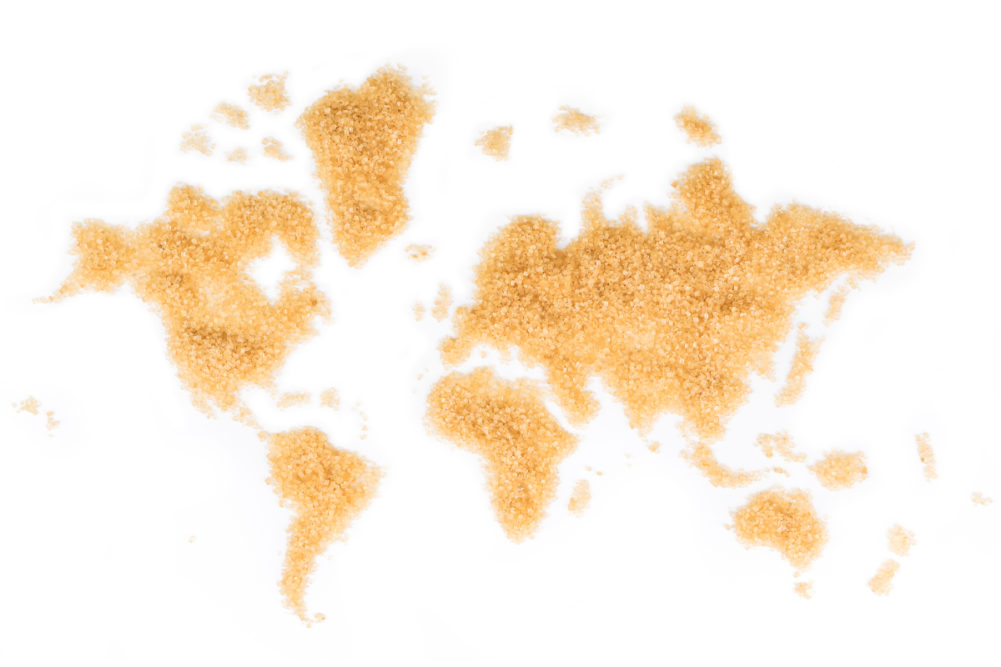LA QUINTA, CALIF. — Analysts at the 40th annual International Sweetener Colloquium held Feb. 24 in La Quinta agreed that global sugar supplies would be tight near term but would increase when new-crop Brazilian sugar comes to market as the year progresses. Indications that Brazilian sugar mills will favor sugar over ethanol, unlike the previous couple of years that saw a record percentage of Brazil’s cane crush go to ethanol, will help boost sugar supply, they said, as will increased production in several other regions in the coming year.
Tight near-term global sugar supply was the result of lower production in the United States and Mexico, a late and slow start to India’s cane harvest, and sharply lower production in Thailand, said James Liddiard, senior vice-president, Agrilion Commodity Advisors, L.L.C. He noted that sugar production was down about 760,000 tonnes in the United States, to 7.4 million tonnes, and that cane sugar outturn in Mexico was forecast at 5.67 million tonnes, down about 12%. Production in India in 2019-20 was forecast at 26 million to 28 million tonnes, down from 33.1 million tonnes in 2018-19. And outturn in Thailand was forecast at 8.57 million tonnes, down sharply from over 14 million tonnes a year earlier.
Mr. Liddiard noted that raw and refined sugar prices had risen sharply as a result of tightening supplies, with New York world raw futures (No. 11) and London white sugar (No. 5) the two best performing commodity futures so far in 2020, with front months leading the way higher in both markets. Front months in both New York and London recently were at 2.5-year highs.
But the global sugar supply situation could turn around quickly, Mr. Liddiard said. Brazil was most likely to respond, with sugar prices at a premium to ethanol for the first time since 2017. Sugar could make up 37% to 41%, or more, of Brazil’s south-central region cane crush, after a record-low 34.5% in 2019-20, he said. However, “no one has the slightest idea what the mills are thinking,” he cautioned about Brazil’s sugar production. Mills were heavily hedged in sugar but have the ability to buy back those hedges.
“How sugar producers react now will be key,” Mr. Liddiard said, “but forecasts are not set in stone. Weather remains a key variable risk.”
Vincent O’Rourke, trade and market analyst, C. Czarnikow Sugar, Inc., told Colloquium attendees that shortages around the world and changes in trade flows may affect the ability of the United States and Canada, both of which had short sugar beet crops in 2019, to import sugar. Thailand, typically the third largest exporter in the world, tends to export to east Asian markets, while India tends to export to west Asia markets such as Iran and Bangladesh. Canada has been a major buyer of sugar from Central America, but this year more sugar from Central American countries, such as Guatemala, may go to east Asia to replace exports from Thailand, he said.
“Easy” sources of Central American sugar for the United States may not be available if the United States doesn’t act soon enough, Mr. O’Rourke said.
“Southeast Asia has an impact on potential U.S. sources,” he said, which could be a problem if Mexico can’t fill its export commitment to the United States.
Tom McNeill, managing director, Green Pool Commodity Specialists, said he expects a global sugar deficit in excess of 10 million tonnes this year (2019-20), but less than 5 million tonnes in 2020-21.
He noted that beet sugar production in Russia has increased significantly since 2015, and the domestic market there has collapsed to the point Russia had the “cheapest sugar in the world” because logistics issues made it too expensive to get to export locations. Rising production in the European Union and low global prices also make domestic values collapse there after output rose sharply when production controls were lifted in 2017, he said. But European prices were recovering, he noted.
The issue in India is subsidies paid to some 50 million cane growers often for votes in politically sensitive states, Mr. McNeill said. Further, export subsidies of about 6.5c a lb in India could boost exports as world raw sugar prices increase. India has been the “main disruptor” in the sugar market, he said.
Mr. McNeill agreed that Brazil “could switch a lot of capacity to sugar” in 2020-21. He suggested that “tardy” consumption growth along with a boost in production in Brazil due to higher prices and higher production in India due to improved weather “might kill” the recent rally in world raw sugar prices by the third quarter of 2020.






